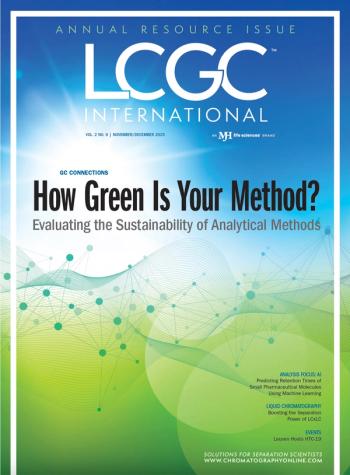
Pharmaceutical Analysis Opportunities with Compact Capillary LC
At Pittcon 2023, a Monday afternoon symposium focused on opportunities to utilize compact capillary liquid chromatography (LC) techniques in the exploration of drug development.
This afternoon symposium focused on opportunities to utilize compact capillary liquid chromatography (LC) techniques in the exploration of drug development. The session was held in room 118A.
Milton Lee of Brigham Young University opened the session with a talk on the coming of age of compact capillary LC. Lee and his team had developed a hand-portable nanoflow LC instrument that had a small footprint, weighed only 5.4 kg, produced consistent nanoliter to milliliter flowrates at pressures up to 1500 bar, utilized on-column or miniature flow cell optical UV detection, and was easy to operate.
Next, Samuel Foster of Rowan University discussed kinetic profiling of capillary LC columns for use in compact LC instrumentation. Foster’s discussion focused on an integrated column cartridge for use in a compact LC instrument that enables the installation of a wider variety of capillary-scale columns than was previously possible.
Peter Pellegrinelli of Advanced Materials Technology then addressed opportunities for developing improved separation methods with modern ultrahigh-pressure LC (UHPLC) instruments. Examples were shown for coupling a modern UHPLC instrument to new 1.5-mm i.d. columns. By reducing the column i.d. and length, along with making changes in particle size, a chromatographer can reduce solvent usage, decrease run times, and increase sensitivity, an important advantage for sample-limited applications.
Colleen Dugan of GSK closed the session with a presentation on HPLC method-development strategy (MDS) for small-molecule pharmaceutical analysis. In this presentation, the selection process for identifying eight columns to include in an updated MDS toolkit was described.
Newsletter
Join the global community of analytical scientists who trust LCGC for insights on the latest techniques, trends, and expert solutions in chromatography.



